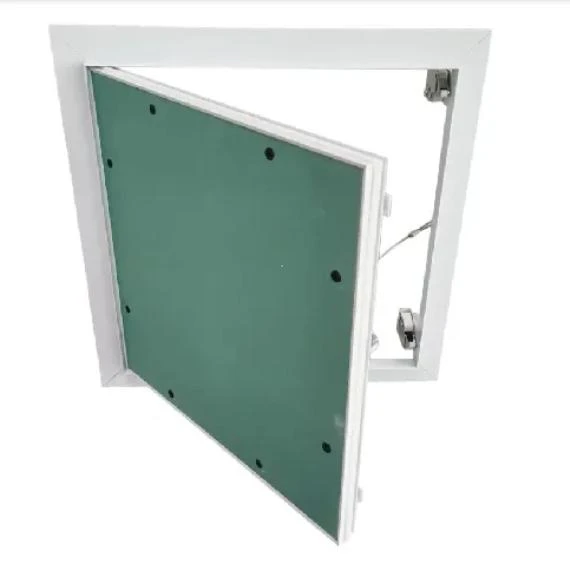Dec . 16, 2024 16:28 Back to list
mineral fiber ceiling specification
Understanding Mineral Fiber Ceiling Specifications
Mineral fiber ceilings have become a popular choice in commercial and residential construction due to their sound absorption qualities, fire resistance, and aesthetic versatility. These ceilings are primarily made from natural and synthetic materials, including fiberglass, mineral wool, and gypsum. When specifying mineral fiber ceilings for a project, it is crucial to understand their composition, performance characteristics, installation requirements, and maintenance considerations.
Composition of Mineral Fiber Ceilings
Mineral fiber ceilings are typically made from a combination of organic and inorganic fibers. The primary components include
1. Mineral Wool This is made from rock or slag and is known for its excellent thermal and acoustic insulation properties. Mineral wool provides resistance against mold and pests, making it ideal for a variety of environments.
2. Fiberglass Fiberglass ceiling tiles are lightweight, strong, and resistant to moisture, which makes them suitable for areas prone to humidity, such as kitchens and bathrooms.
3. Gypsum Often used in combination with mineral wool and fiberglass, gypsum adds fire resistance and enhances the overall durability of the ceiling tiles.
Performance Characteristics
When specifying mineral fiber ceilings, several performance characteristics need to be reviewed
1. Acoustic Performance Mineral fiber ceilings are renowned for their acoustic properties. They can significantly reduce noise levels by absorbing sound waves, making them suitable for spaces requiring acoustic control, such as auditoriums, offices, and classrooms. The Noise Reduction Coefficient (NRC) rating is an important metric to consider, with higher NRC values indicating better sound absorption capabilities.
2. Fire Resistance Fire-rated mineral fiber ceilings provide additional safety in the event of a fire. They can help contain flames and prevent the spread of smoke, contributing to building safety compliance. Look for ceilings that meet the ASTM E84 and UL 723 standards for fire performance.
3. Moisture Resistance In environments exposed to moisture, such as bathrooms or kitchens, selecting moisture-resistant mineral fiber ceilings is crucial to prevent sagging and mold growth. Tiles with a high Moisture Resistance (MR) rating should be specified for these areas.
mineral fiber ceiling specification

4. Aesthetic Variety Mineral fiber ceilings come in a range of textures, colors, and patterns, allowing for aesthetic flexibility in design. Options include smooth finishes, textured surfaces, and tiles with integrated lighting.
Installation Considerations
Proper installation of mineral fiber ceilings is essential to ensure optimal performance and durability. Here are key points to consider
1. Grid System The support framework for mineral fiber ceiling tiles is typically made from a metal grid system. It is important to ensure that the grid is level and secure to maintain the integrity of the ceiling.
2. Tile Alignment Tiles should be installed with uniform spacing and alignment to create a seamless appearance. This not only enhances the aesthetic but also supports effective sound absorption.
3. Edge Detail The specification should include details about the edge profile of the tiles, whether they are square, beveled, or tegular. The edge type can impact the visual appeal and overall ceiling design.
Maintenance Considerations
Mineral fiber ceilings are generally low-maintenance, but periodic cleaning is necessary to maintain their appearance and performance. Dust and dirt can accumulate, so a gentle vacuuming or dusting with a soft brush is advisable. In environments with high moisture exposure, it may be necessary to inspect for mold growth and address any water leaks promptly.
For long-term performance, replacing damaged tiles as needed is recommended. Knowing the warranty conditions for the specified mineral fiber ceiling products can also assist in making informed maintenance decisions.
Conclusion
Building professionals must prioritize understanding mineral fiber ceiling specifications to take full advantage of their benefits. By paying close attention to material composition, performance characteristics, installation methods, and maintenance needs, projects can achieve the desired acoustics and aesthetics while ensuring safety and longevity in design. This not only enhances the immediate environment but also leads to greater satisfaction for building occupants.
-
Durable Ceiling T Grid Systems | Easy InstallationNewsAug.29,2025
-
PVC Gypsum Ceiling: Durable, Laminated Tiles for Modern SpacesNewsAug.28,2025
-
Pvc Gypsum Ceiling Is DurableNewsAug.21,2025
-
Mineral Fiber Board Is DurableNewsAug.21,2025
-
Ceiling Tile Clip Reusable DesignNewsAug.21,2025
-
Ceiling T Grid Modular DesignNewsAug.21,2025







